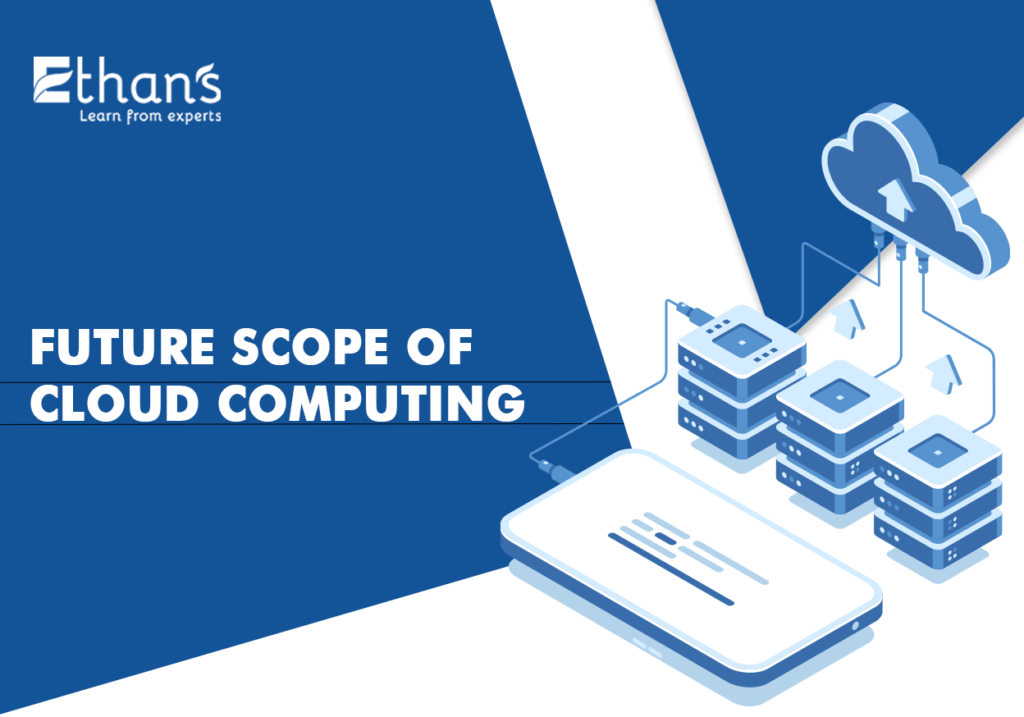In the ever-evolving landscape of technology, few innovations have had as profound an impact as cloud computing. As businesses worldwide embrace digital transformation and seek to optimize their operations, the demand for cloud services continues to skyrocket. In this SEO-friendly guide, we’ll explore the future scope of cloud computing, uncovering the trends, opportunities, and challenges that lie ahead.
Understanding the Evolution
Cloud computing has come a long way since its inception, evolving from a novel concept to a cornerstone of modern IT infrastructure. Today, cloud services encompass a wide range of offerings, including infrastructure as a service (IaaS), platform as a service (PaaS), and software as a service (SaaS). This evolution has democratized access to computing resources, enabling organizations of all sizes to leverage scalable, cost-effective solutions.
Trends Shaping the Future
Several key trends are shaping the future of cloud computing, each presenting unique opportunities for businesses and IT professionals alike:
Hybrid and Multi-Cloud Adoption: As organizations seek to balance performance, security, and cost-effectiveness, hybrid and multi-cloud architectures are becoming increasingly prevalent. This trend reflects the growing realization that a one-size-fits-all approach to cloud adoption may not be optimal, prompting businesses to leverage multiple cloud providers and deployment models.
Edge Computing: With the proliferation of Internet of Things (IoT) devices and the need for real-time data processing, edge computing is gaining traction as a complement to centralized cloud infrastructure. By bringing computation closer to the data source, edge computing reduces latency, enhances privacy, and enables new use cases across industries such as manufacturing, healthcare, and transportation.
AI and Machine Learning Integration: Cloud providers are increasingly integrating artificial intelligence (AI) and machine learning (ML) capabilities into their offerings, empowering businesses to extract insights from vast datasets and automate decision-making processes. Whether it’s predictive analytics, natural language processing, or image recognition, AI-powered cloud services are poised to drive innovation across sectors.
Serverless Computing: Serverless computing, also known as Function as a Service (FaaS), is revolutionizing the way applications are developed, deployed, and scaled in the cloud. By abstracting away infrastructure management and billing based on actual usage, serverless platforms enable developers to focus on writing code and delivering value without worrying about underlying infrastructure concerns.
Opportunities on the Horizon
The future scope of cloud computing presents a myriad of opportunities for businesses and IT professionals to thrive:
Scalability and Flexibility: Cloud computing enables businesses to scale their infrastructure up or down on-demand, allowing them to adapt to changing market conditions and customer demands with ease.
Cost Optimization: By leveraging pay-as-you-go pricing models and avoiding upfront infrastructure investments, organizations can reduce capital expenditures and optimize operational costs in the cloud.
Innovation and Agility: Cloud computing fosters a culture of innovation by providing access to cutting-edge technologies and services, enabling businesses to experiment, iterate, and bring new products and services to market faster.
Global Reach: With cloud providers operating data centers in multiple regions around the world, businesses can reach customers and users globally while ensuring compliance with local regulations and data sovereignty requirements.
Navigating the Challenges
Despite its immense potential, cloud computing also presents certain challenges that must be addressed:
Security Concerns: As data moves to the cloud, ensuring robust security measures to protect sensitive information from cyber threats becomes paramount. Cloud providers and businesses must collaborate to implement best practices for encryption, access control, and threat detection.
Data Privacy and Compliance: With the rise of data protection regulations such as GDPR and CCPA, businesses must navigate complex compliance requirements when storing and processing data in the cloud. Implementing privacy-enhancing technologies and adopting a proactive approach to compliance are essential.
Vendor Lock-In: While cloud computing offers unparalleled flexibility, businesses risk vendor lock-in if they become too dependent on a single provider’s proprietary services and APIs. Adopting open standards and architectures can mitigate this risk and preserve flexibility.
Conclusion
In conclusion, the future scope of cloud computing is vast and promising, driven by technological advancements, evolving business needs, and a growing demand for scalable, cost-effective solutions. By embracing key trends such as hybrid and multi-cloud adoption, edge computing, AI integration, and serverless computing, businesses can unlock new opportunities for innovation, growth, and competitive advantage in the digital age. With careful planning, strategic partnerships, and a commitment to continuous learning, organizations and IT professionals can harness the full potential of cloud computing to shape a brighter future for themselves and their customers.




